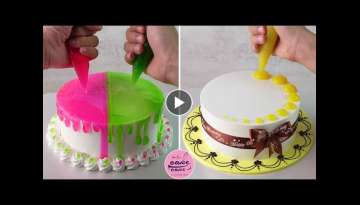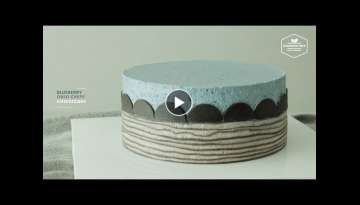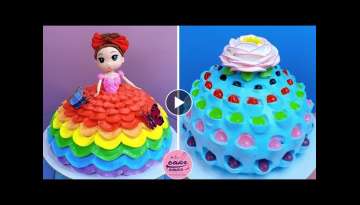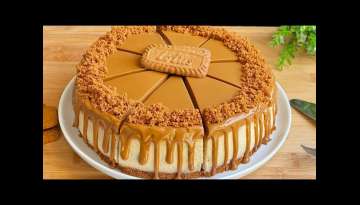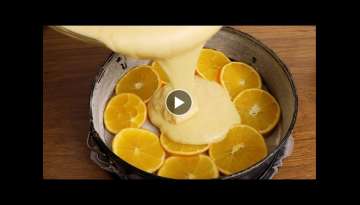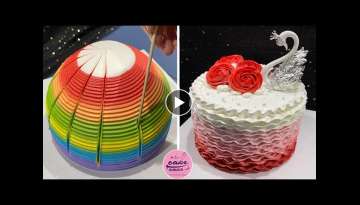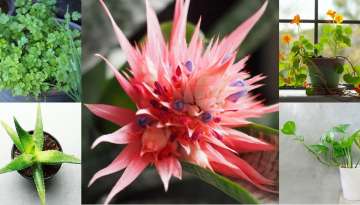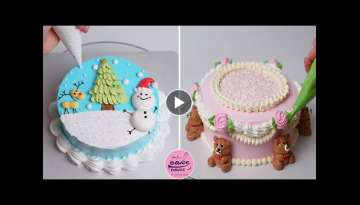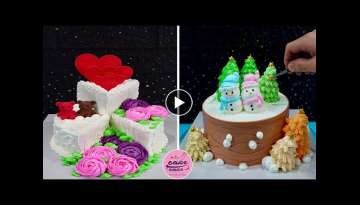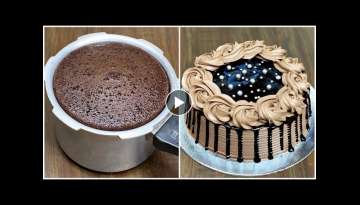7 Best Plants for North Facing Windows
Disclaimer: Some of the links below may be affiliate links. If you click through and make a purchase, I will earn a commission at no additional cost to you.
- 1 | 7

Bird’s Nest Fern In the wild, bird’s nest fern (Asplenium nidus) grows in the crotches of trees. It prefers indirect sunlight or partial shade, which makes it a great north facing window plant. Although many ferns make good low light plants, bird’s nest fern is my favorite because it’s easier to grow and less finnicky than some other types. It prefers shady cool environments, and will perform well in the natural light of a north facing window.
- 2 | 7

Aluminum Plant Aluminum plant (Pilea cadierei) produces beautiful leaves with silver splotches between green leaf veins. They appear to have been painted with silver paint, hence the common name aluminum plant. Grown as outdoor ground cover in tropical areas, these leafy plants thrive in a north facing window. (Although they can also live in east or west facing windows.) They like warm and humid environments, such as those on the jungle floor. Keep soil moist at all times and keep out of direct light.
- 3 | 7
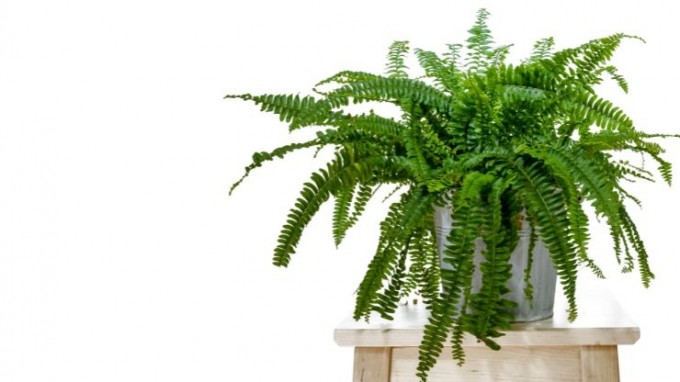
Boston Fern Boston fern (Nephrolepis exaltata) are the common, large, light green ferns often sold in hanging baskets in the spring. They can be challenging to grow due to their high humidity needs, but they’re a great choice for experienced indoor gardeners looking for north facing window plants. As indoor plants, boston ferns prefer filtered light, lots of moisture (misting, room humidifier, moist soil, etc.), and temperatures from 60 – 70 degrees F (15 – 26 degrees C). They can be very intolerant to temperature fluctuations and will turn brown on the edges if they don’t get enough moisture.
- 4 | 7
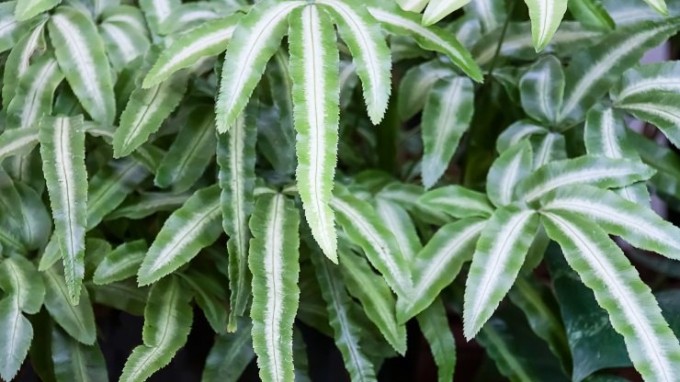
Brake Fern Brake fern (Pteris sp.) is one of the best ferns for beginners. It does well in the moderate indirect light of a north facing window during spring through fall. But it may need supplementation with fluorescent lights in winter (or move it to an east facing window). It needs slightly less water than other types of ferns, but still prefers slightly moist soil at all times. Average temperatures are fine, but it will need to be misted daily in winter when indoor humidity is low. Otherwise, brake ferns tolerate neglect better than most other ferns.
- 5 | 7
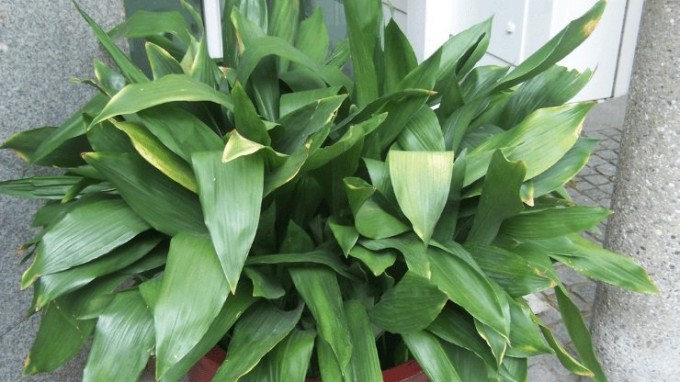
Cast Iron Plant Another super easy houseplant, cast iron plant (Aspidistra elatior) can tolerate almost anything – neglect, low light, under-watering. It got its common name for a reason! Cast iron plant is often grown as a ground cover for shady areas outdoors in warm climates. As an indoor plant, it does well in north-facing windows or other areas that receive low light.
- 6 | 7
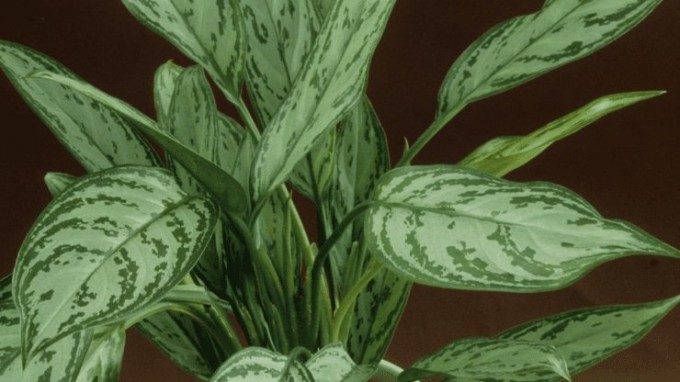
Chinese Evergreen Chinese evergreen (Aglaonema) plants thrive in low light conditions. They are my favorite low light plant and the number one choice I recommend when someone has a poorly lit area they want to brighten up with a houseplant. Plus, they are super easy to grow! One of the best north facing window plants due to their preference for low light, Chinese evergreens can tolerate dry air and many things other plants could not. However, their weakness is cold temperatures. Make sure to keep them warm, or they might turn yellow. (See our Chinese Evergreen care guide for more information.)
- 7 | 7
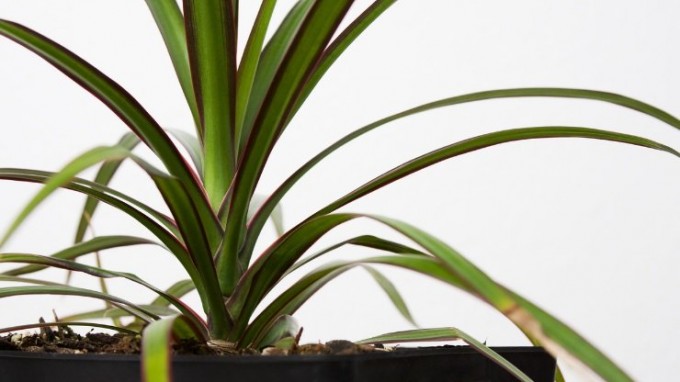
Dragon Tree Dragon tree (Dracaena marginata) is another good indoor tree for low light. It prefers bright light, and the moderate light provided by a north window is usually plenty for this showy houseplant. Hot, direct sunlight will burn the leaves, especially of variegated cultivars. However, variegated cultivars may also lose their variegation in low light. In my experience, most types of dragon tree can perform well in northern windows (especially Tricolor). But you may need to supplement with artificial light if you notice the leaves are losing their color. (See my dragon tree care guide for more information.)
